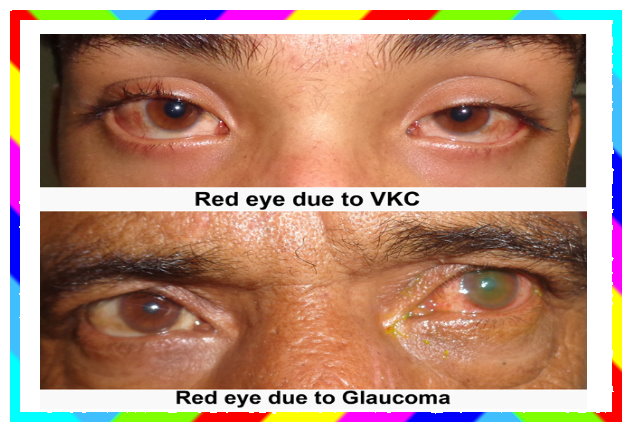 |
| Bact. Meningitis |
Bact. Meningitis
Acute bacterial meningitis a major cause of morbidity and mortality in young children occurs both in epidemic and sporadic pattern.
Etiopathogenesis
The common organisms implicated in neonates are E.coli,steptococcus pneumoniae,salmonella species,pseudomonas aeruginosa,streptococcus fecalis and staph aureus.from age of 3 months to 3 yrs infection is due to hemophilus influenzae,s pneumoniae and meningococci.beyond 3 yrs 2 most common organisms r pneumococcus n meningococcus.
The infection usually spreads hematogenously to meninges from the distant foci of sepsis such as pneumonia, empyema,pyoderma and ostemyelitis.purulent meningitis may follow head injury.rarely the infection may extend to the meninges from contagious septic focus in the skull and spine.eg.infected papa nasal sinuses,mastoiditis,osteomyelitis, and fracture of the case of skull.
Recurrence may be associated with pilonidal sinus,CSF rhinorrhea,traumatic lesions of cribriform plate and ethmoidal sinus or cong. fistulae.
Clinical features
The onset is usually acute and febrile.in the initial phase the child becomes irritable resents light has bursting headache either diffuse or in the frontal region,spreading to the neck n eyeballs.the infant may have projectile vomiting,shrill cry and a bulging fontanel.
Seizures r a common symptom n may occur at the onset or during the course of illness.varying grades of alterations in sensoriun may occur.photo phobia is marked.there is generalised hyper tonia and marked neck rigidity.flexion of the neck is painful n limited.kernigs sign is present.there may b pain in the back of the thigh or muscles of the back.in brudzinski sign knees get flexed as neck of the child is passively flexed.the fundus is either normal or shows congestion and papilledema.extrinsic ocular palsies may lead to squint diplopia n ptosis.he skin of abdomen is lightly scratched flush may be seen.the muscle power in the limbs are preserved.reflexes are normal diminished or exaggerated.respiration may become periodic or cheyne stokes type often with shock.
Lab diagnosis
1) History of fever irritability photo phobia headache vomiting convulsions and altered sensorium.
2) CSF exam; it has elevated pressure.it is turbid wid an elevated cell count >1000/mm3 and mostly polymorphonuclear.proteins r elevated above 100mg/dl and sugar reduced to below 50%.
3) CT Scan useful to exclude sub dura effusion.brain abscess, hydrocephalus,exudates and vascular complications.
4) rapid diagnostic tests distinguish between bacterial viral and tuberculous meningitis based on antigen n antibody demo.eg. Latex agglu. Immune electrophoresis. ELISA.
5) polymerase chain reaction 4 viral m.
6) non specific tests like C reactive proteins,lactic dehydrogenase.
Complications
Subdural effusion or empyema.
Ventriculitis
Arachnoiditis
Brain abscess
Hydrocephalus.
Treatment
Initial empiric treatment
It should begin with one of third gen.cephlosporins such as cefotaxime or ceftriaxone.a combination of ampicillin 200mg/kg and chloramphenicol 100/mg/kg/day for 10 to 14 days.
Specific therapy
1)for meningococcal or pneumococcal meningitis.penicillin 4-5 lac units/kg/day 4 hrly.ceotaxime(200mg/kg/day) or ceftriaxone(150mg/kg/day) also effect.
2)H. Influenzae meni.ceftriaxone or cefo i.v. Used as single agent.
3) staph meni. Vancomycin is Rx of choice if peni. Or methi. resistance suspected
4) listeria. Ampicillin 300mg/kg/day and aminoglycoside prefer.
5)pseudomonas.combination of ceftazidime n aminogl. Is used.
Steroid therapy: dexamethasone in a dose of 0.15 mg/kg iv 6 hrly for 5 days.
DDs
Meningism
Partially treated bacterial meningitis.
Aseptic m.
Tuberculous m.
Cryptococcal m.
Viral encephalitis
Poliomyelitis
Subarachnoid hemorrhage.
Lyme disease





































